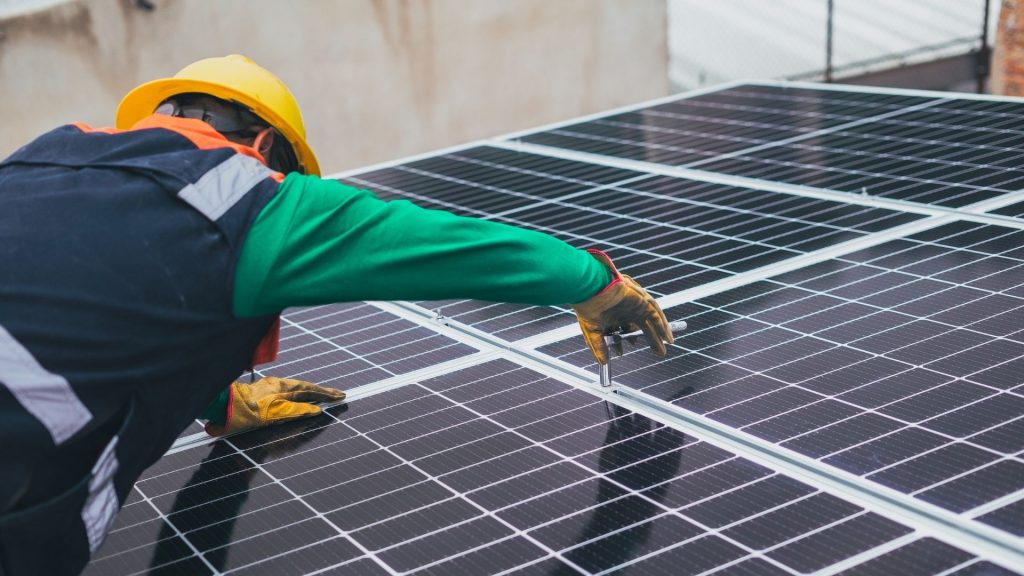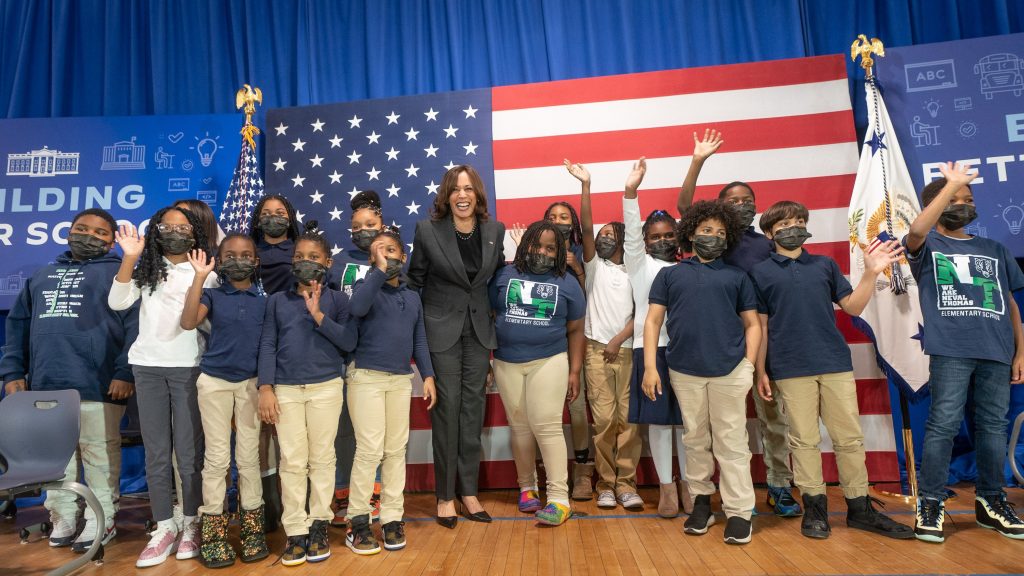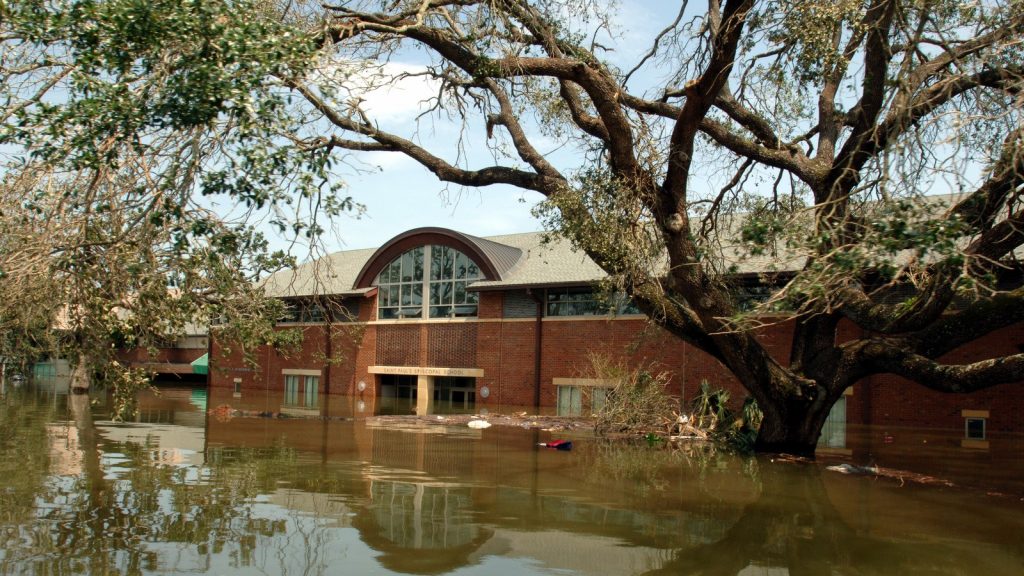See The Biden Administration’s Multibillion-Dollar Plan To Make Schools Green
The Biden Administration recently rolled out an initiative to revamp school infrastructure, making schools more energy efficient.

There are plenty of hot-button topics at the center of educational discussions in government. Some of it is centered around academics or ramping up efforts to get students back on track following pandemic closures. Another large portion of that talk centers around the culture war that has been embedded into an attack on public schools in regards to sexual education and teachings of race. As pertinent as these topics are, there are other pressing matters that often get swept under the table. One of those topics regards school infrastructure, and the White House has brought fervent attention to the growing concern.

As part of the administration’s efforts in the campaign touted as “building a better America,” the initiative was announced in a briefing earlier this month. Helmed by Vice President Kamala Harris, the initiative outlines actions meant to bolster energy-efficient school infrastructure to support student health, along with the learning experience. The $500 million grant program is a bipartisan effort with the Infrastructure Law Program to save schools from the hefty capital needed to fund many energy upgrades.
When discussing the need for the ambition, Vice President Harris spoke about the school infrastructure program at an elementary school in Washington, D.C. earlier this month. According to NPR, Harris revealed that the second-largest yearly expense for most school districts across the nation is the energy bill. The effort to revamp school infrastructure won’t only improve air quality in schools, but also could save districts money down the line.
Transportation takes up a large chunk of spending on school infrastructure. According to reports, there are nearly half a million school busses in operation in the U.S. To put that into perspective, that’s five times the total number of city buses that are in circulation. According to the Energy Information Association, public schools consume roughly 8% of all the fuel used by nonresidential buildings in the country.

Other benefits touted in the school infrastructure program will aid schools in boosting student health inside buildings. With updated ventilation systems, students and staff benefit from cleaner, fresher air. This can cut down on the number of asthma attacks at school. It can also help students who suffer from severe allergies. Similarly, improved ventilation will help deter the spread of illnesses, like COVID 19.
In rolling out the grant program, the White House released a tool kit with resources for school officials to refer to, in addition to showing how and where funds will be allocated. Highlighting where districts could allocate the grant funds, several things were outlined. In citing upgrades for heating and cooling, the toolkit states that schools are set up to receive over $9.7 billion of American Resue Plan funds to upgrade heating, ventilation, and air conditioning systems. $5 billion of those funds are set aside for cleaning transportation.

This will cover older diesel-fueled buses, with half of the funds set aside to pay for new electric buses. Similarly, some of the funds will cover alternative transportation plans to allow more students to walk or bike to school. Finally, the toolkit also outlined a $500 million grant program from the Department of Energy to lower post costs with school infrastructure. This money can be used on everything from LED lights to solar panels.
While there are plenty of disturbing concerns that public officials need to address in regard to public education, school infrastructure can not be forgotten. The majority of America’s oldest buildings are so outdated, that many climate experts fear they will not be sustainable very soon. Hopefully, these funds will change that.



